Reading Latitude and Longitude Worksheet
Latitude and longitude worksheets are a valuable tool for students who are learning about the Earth's geographic coordinates. These worksheets provide a structured way for students to practice reading and interpreting latitude and longitude values, helping them gain a better understanding of how to locate places on a map using these important measurements.
Table of Images 👆
More Other Worksheets
Kindergarten Worksheet My RoomSpanish Verb Worksheets
Cooking Vocabulary Worksheet
DNA Code Worksheet
Meiosis Worksheet Answer Key
Art Handouts and Worksheets
7 Elements of Art Worksheets
All Amendment Worksheet
Symmetry Art Worksheets
Daily Meal Planning Worksheet
What is latitude?
Latitude is the angular distance of a location north or south of the Earth's equator, measured in degrees. It helps determine a location's position on the Earth's surface in relation to the equator and is crucial in navigation, geography, and climatology.
How are parallels of latitude measured?
Parallels of latitude are measured in degrees north or south of the equator, which is designated as 0 degrees latitude. The equator is the starting point for measuring latitude, with lines of latitude running parallel to it on the Earth's surface. Each degree of latitude is divided into 60 minutes (represented by '), and each minute is further divided into 60 seconds (represented by "). The maximum value of latitude is 90 degrees north at the North Pole and 90 degrees south at the South Pole.
What is the equator and at what latitude is it located?
The equator is an imaginary line encircling the Earth that is equidistant from the North and South Poles. It is located at 0 degrees latitude.
What are the lines of longitude called?
The lines of longitude are called meridians.
How are meridians of longitude measured?
Meridians of longitude are measured in degrees from the Prime Meridian, which is located in Greenwich, England, and serves as the starting point for the global coordinate system. The Earth is divided into 360 degrees of longitude, with each degree further divided into minutes and seconds for more precise measurements. Longitude lines run north-south and converge at the poles, with the maximum longitude being 180 degrees east and west of the Prime Meridian.
What is the prime meridian and at what longitude is it located?
The prime meridian is an imaginary line that represents 0 degrees longitude, dividing the Earth into the Eastern and Western Hemispheres. It passes through the Royal Observatory in Greenwich, London, making it located at 0 degrees longitude.
How does latitude affect climate?
Latitude affects climate by determining how much sunlight a particular location will receive. Areas closer to the equator, with lower latitudes, receive more direct sunlight and therefore tend to be warmer. In contrast, areas closer to the poles, with higher latitudes, receive less direct sunlight and tend to be cooler. This difference in sunlight exposure leads to variations in temperature, precipitation, and other climate factors across different latitudes.
What is the range of latitude on Earth?
The range of latitude on Earth is 0 degrees at the equator to 90 degrees at the North and South poles. This gives a total range of latitude from 0 to 90 degrees in both the northern and southern hemispheres.
How is latitude different from longitude?
Latitude and longitude are both used to determine a location on the Earth's surface, but they are measured in different ways. Latitude is the angular distance of a place north or south of the equator, while longitude is the angular distance of a place east or west of the prime meridian. In simple terms, latitude runs horizontally across the Earth, whereas longitude runs vertically.
Why is it important to understand latitude and longitude when reading maps?
Understanding latitude and longitude is important when reading maps because they provide specific geographic coordinates that pinpoint a location on Earth's surface. This helps in accurately locating places, calculating distances, and giving directions. Latitude and longitude grid lines create a universal system that allows for precise communication and navigation on maps, ensuring that users can easily interpret and interpret the information presented on a map.
Have something to share?
Who is Worksheeto?
At Worksheeto, we are committed to delivering an extensive and varied portfolio of superior quality worksheets, designed to address the educational demands of students, educators, and parents.

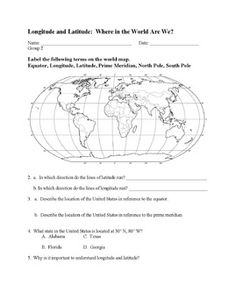




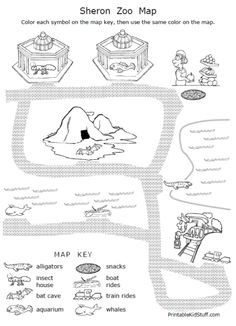


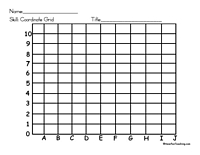
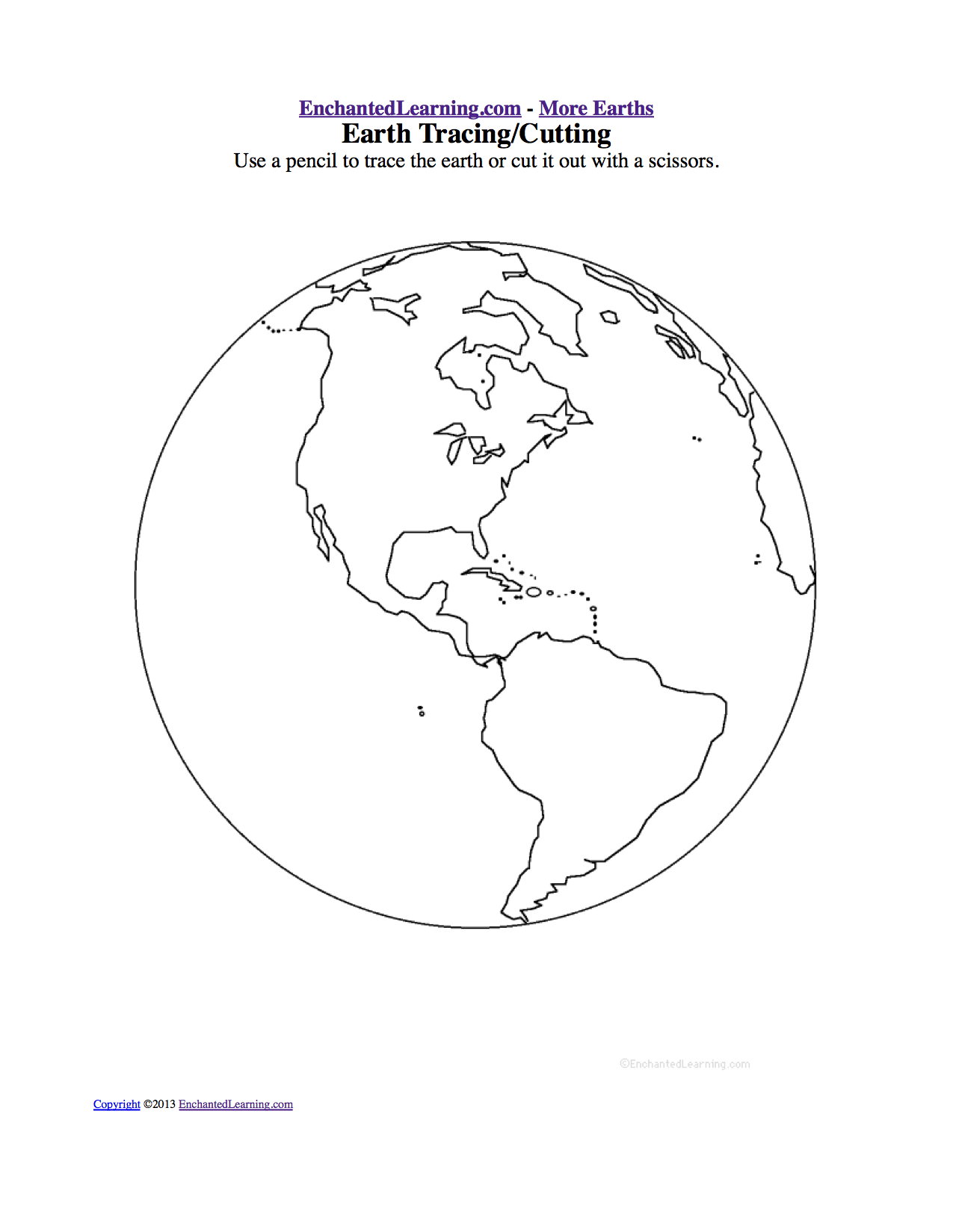
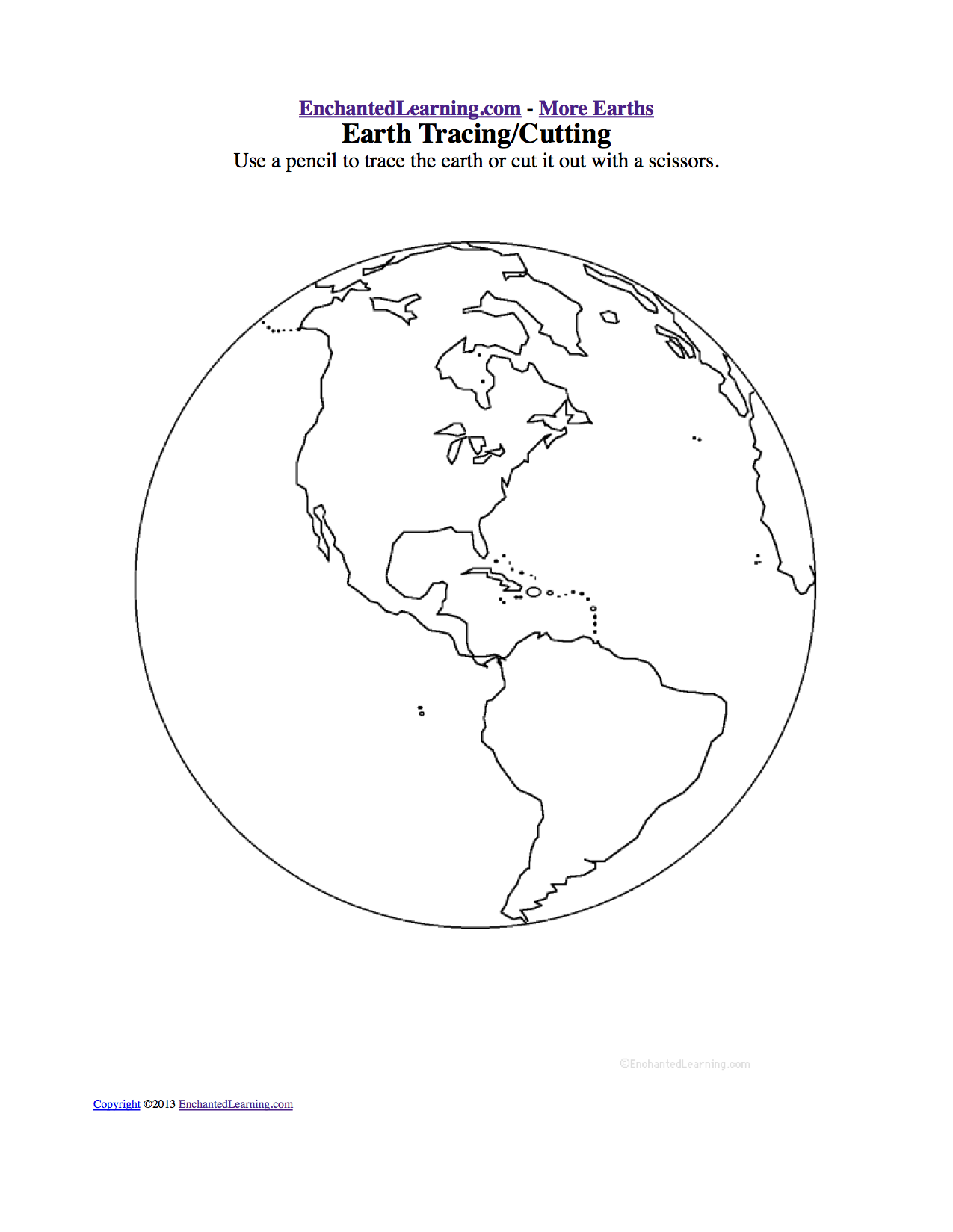
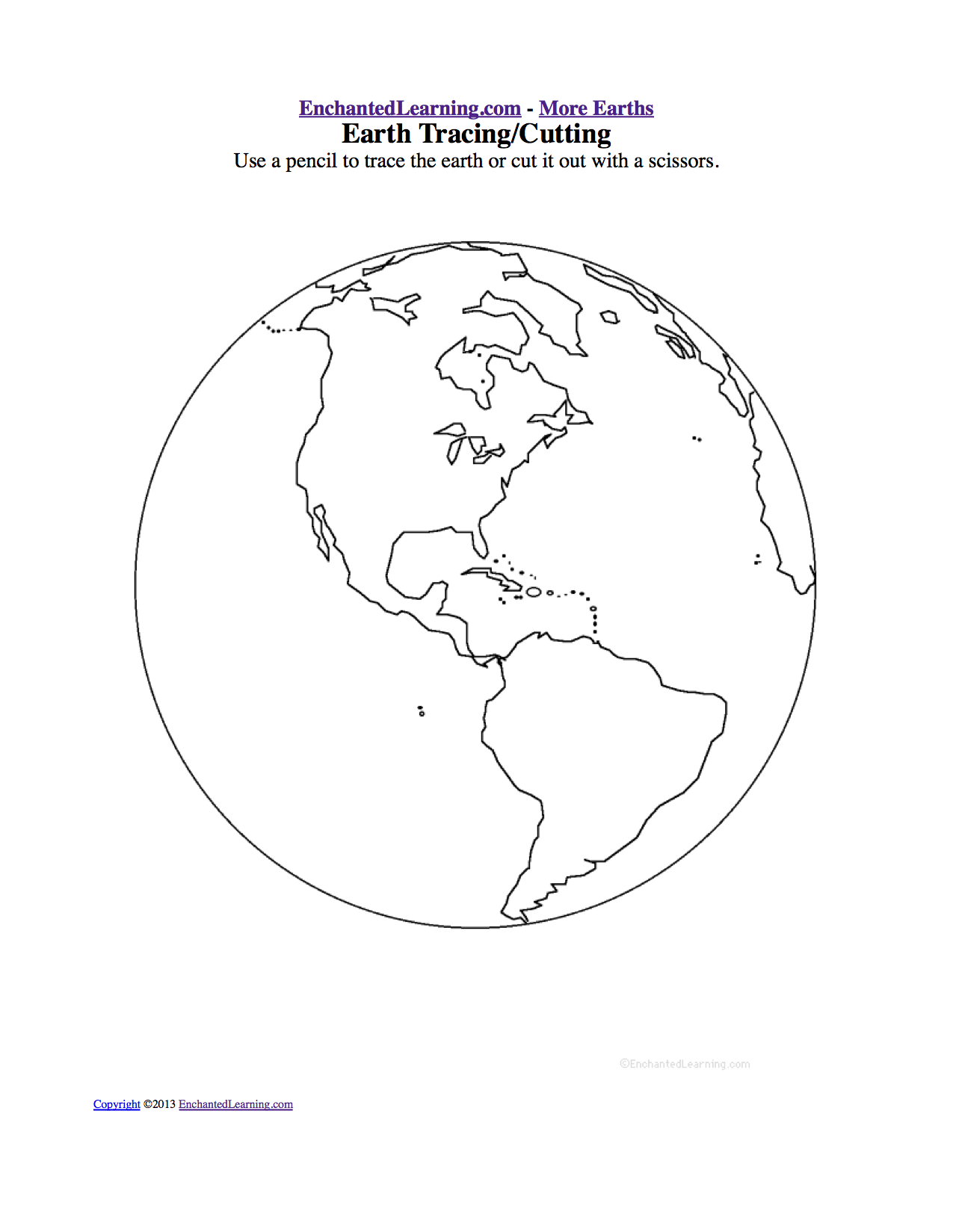
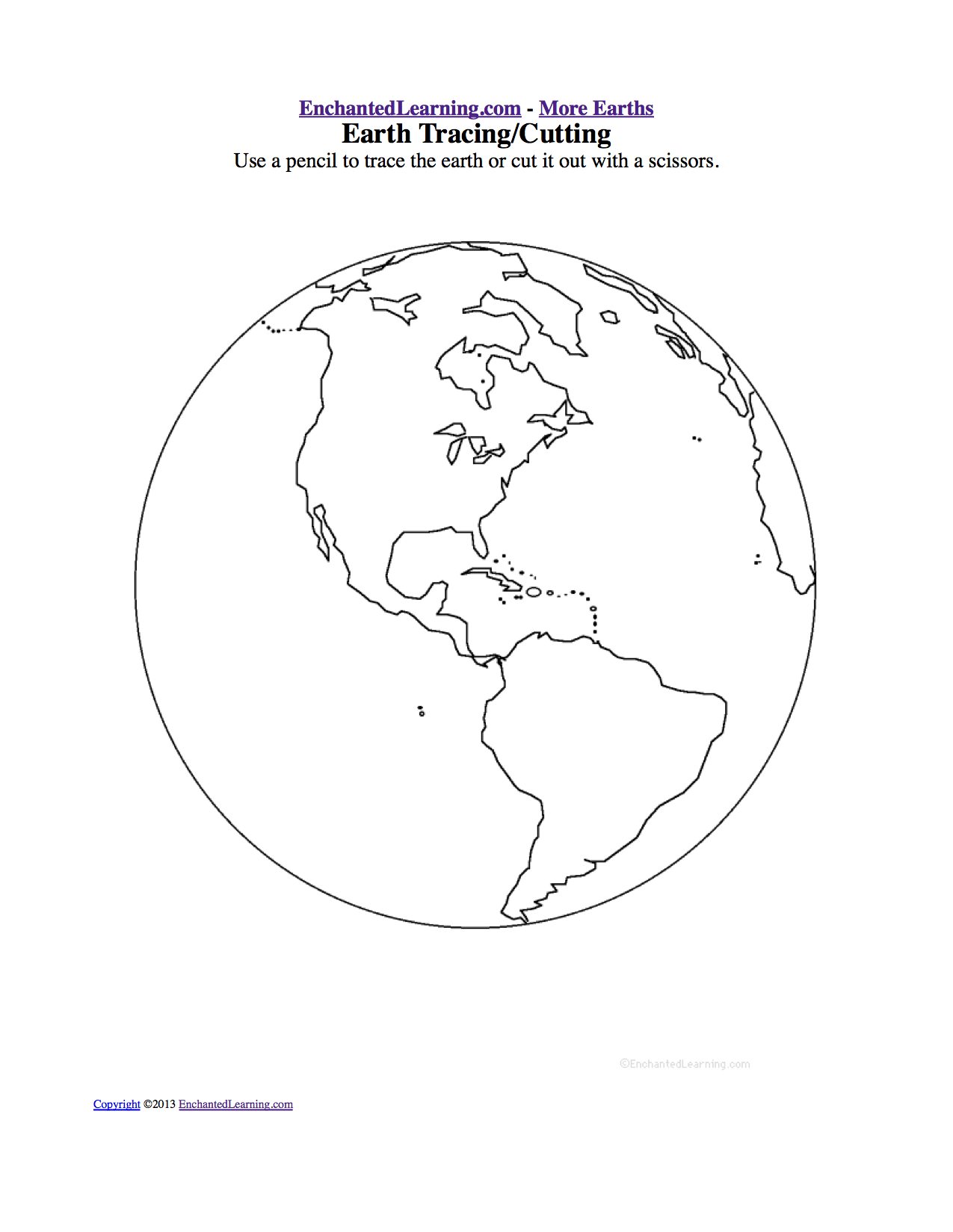
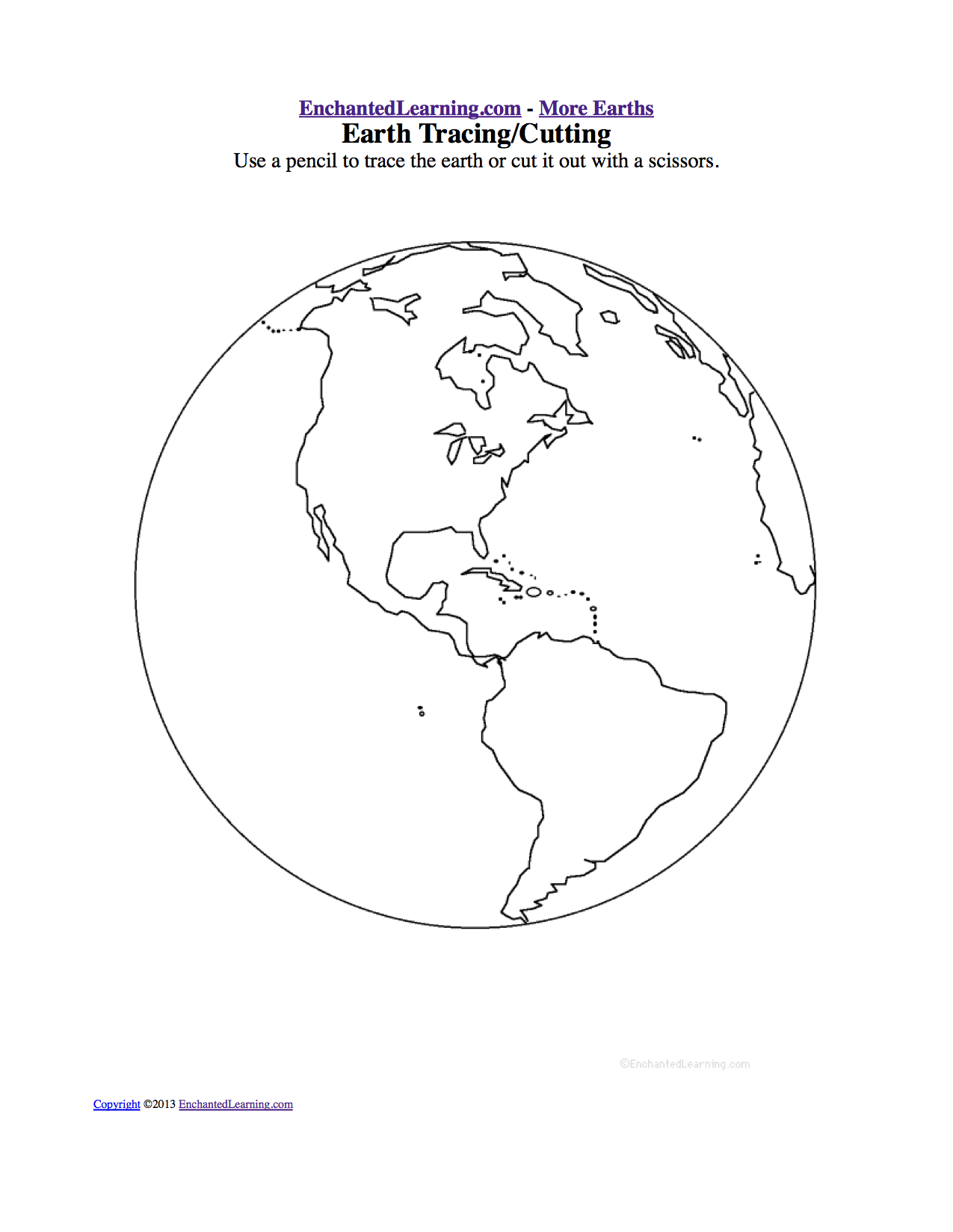
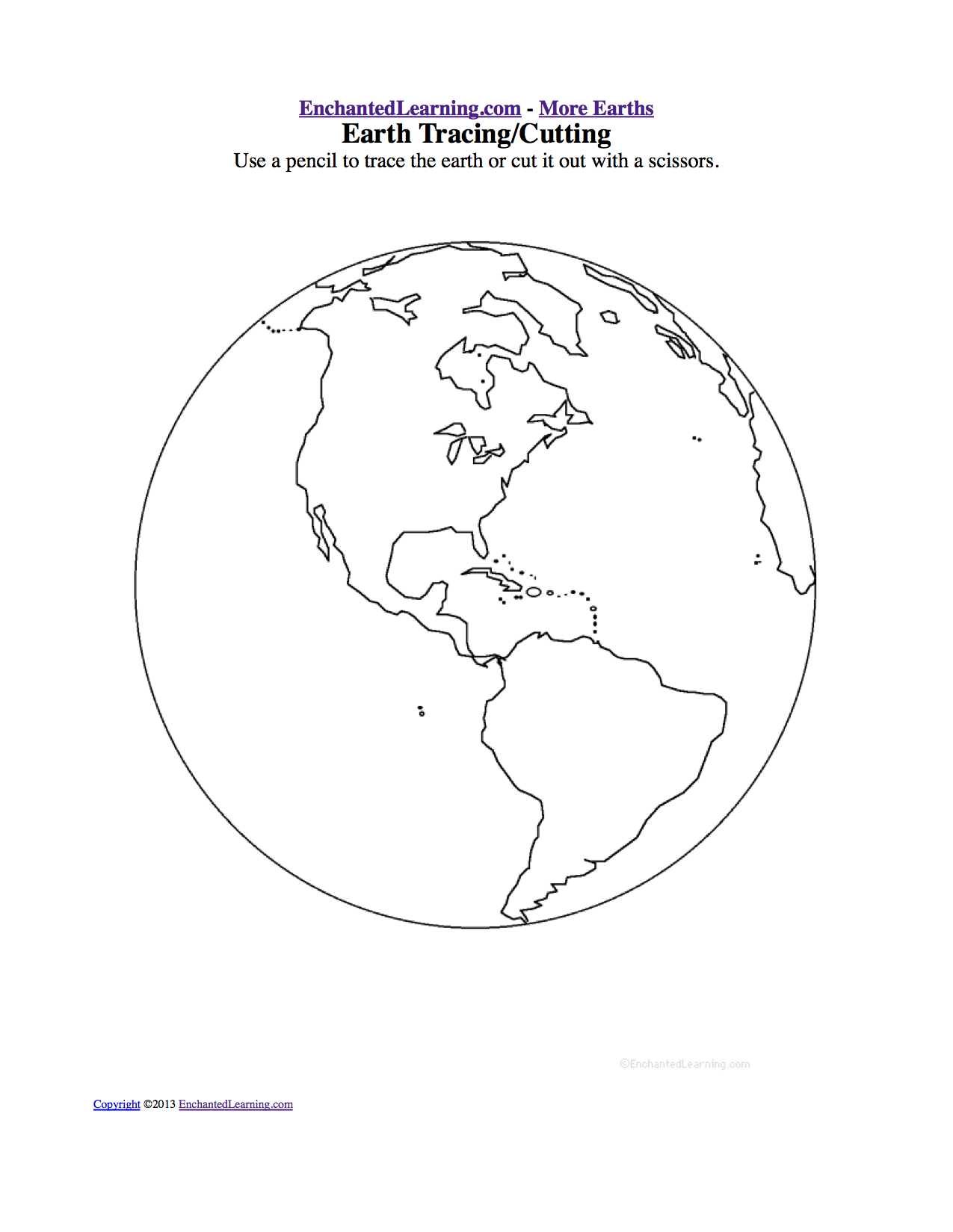
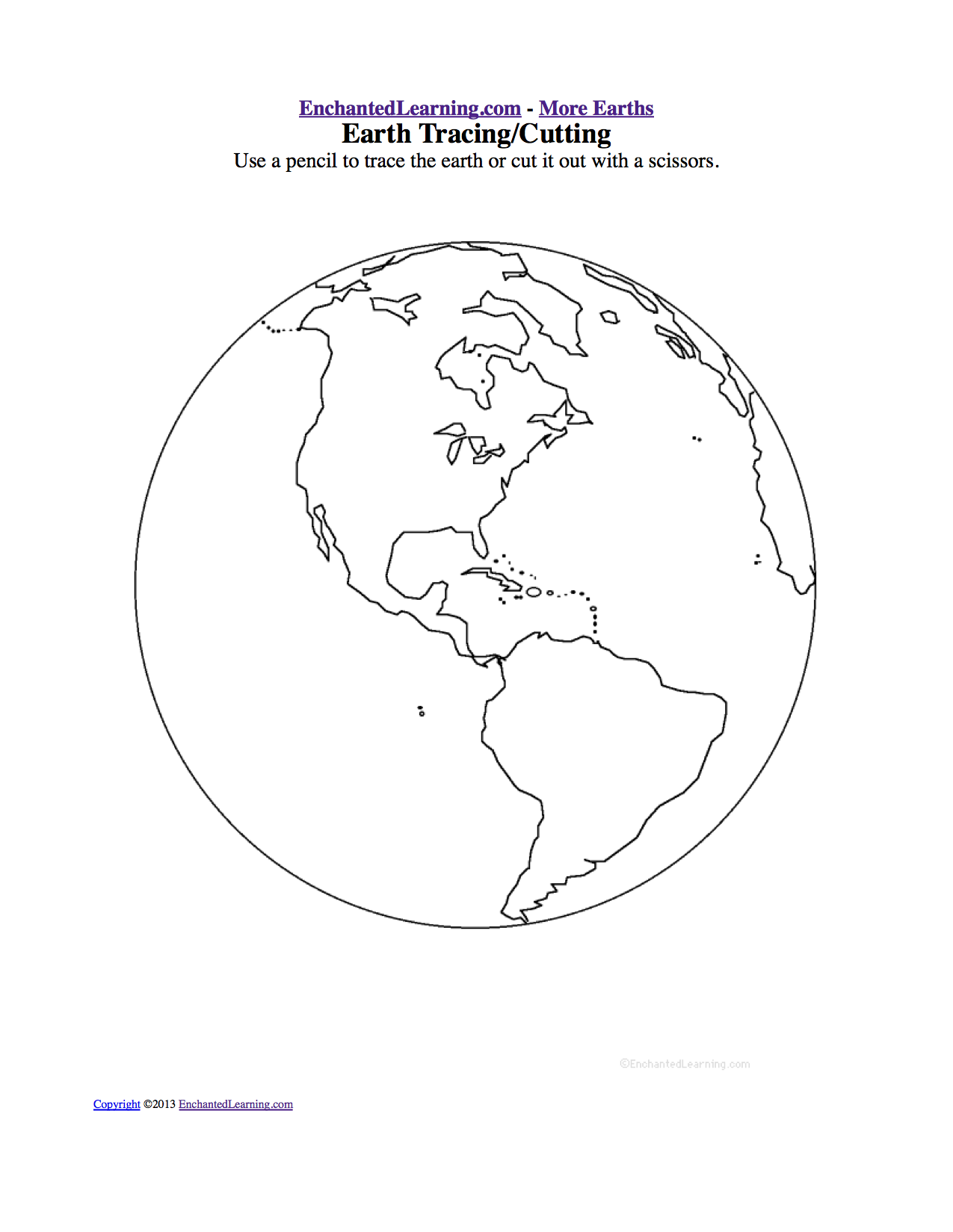














Comments